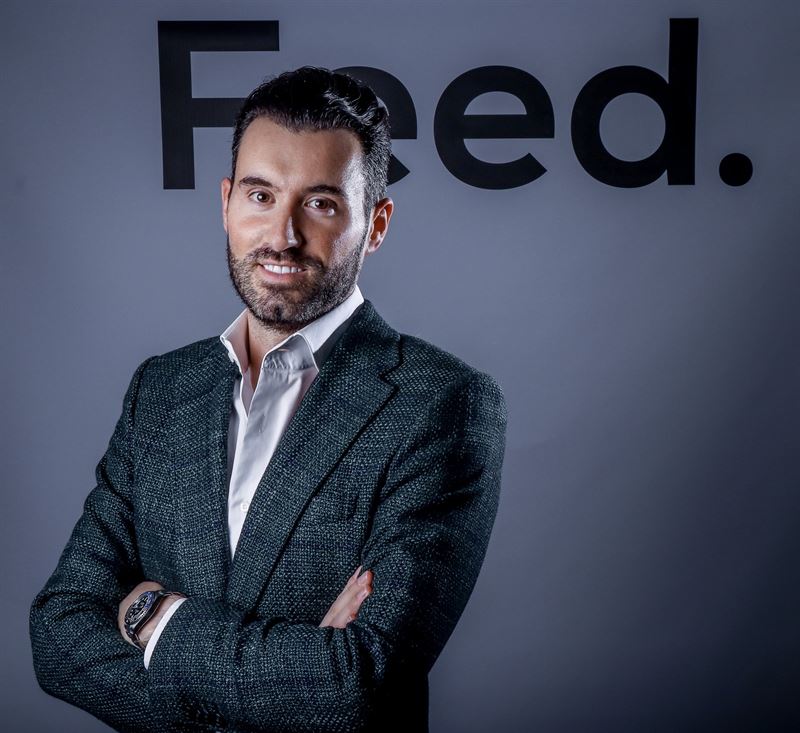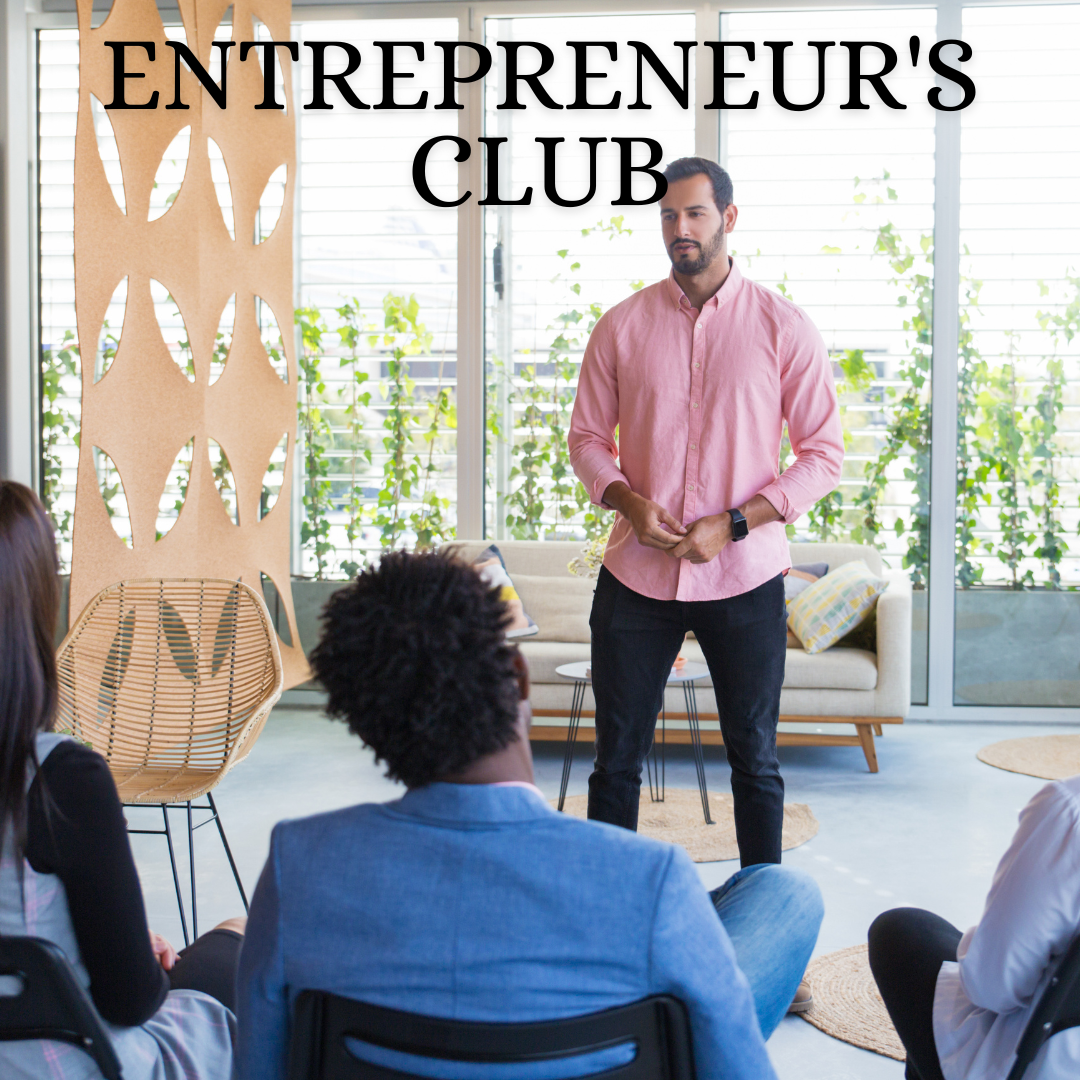During a fundraising round, entrepreneurs have the option to go directly or through a “fundraiser” (also called advisor or intermediary). For an entrepreneur, the added value of a fundraiser lies in optimizing valuation and legal conditions.
Most of the time, entrepreneurs conduct their fundraising by themselves. Going directly entails a tremendous amount of work (at the expense of operational and private life). That’s why they may choose to use an intermediary. Also, they may seek to benefit from the fundraiser’s experience. Indeed, negotiation power is also biased because the majority of entrepreneurs only finalize one or two deals in their careers… in contrast to investment funds! Having a limited (or non-existent) network among funds is also a nearly insurmountable barrier.
Note: A capital increase usually takes about 6 months. It involves three successive steps: documentation establishment, roadshow, and closing phase.
Step 1 – Documentation Establishment [Excel business plan and information memo] [1 to 2 months] The documentation aims to explain the business and its drivers, the characteristics of our client, and its development plan. All this needs to be clear for a fund that may be inexperienced in the subject. VCs (venture capital funds) receive a colossal number of applications in highly diverse markets. 1/ Pragmatically, the fundraiser must: • Research and understand the market… Sources come from their network, qualified databases, and the internet. • Understand the client’s specificities and strategy during exchanges with them. Our job also requires challenging them to ensure (for both parties) the adoption of the development plan. 2/ Both content and form are important. The documentation must be optimal: • Excel business plan. The intermediary builds the “framework” and “parameters” that will influence revenue and profitability forecasts over the following years. The client subsequently provides and validates the figures based on their feeling and experience. • Information memo. Writing is done iteratively with regular back-and-forth between the advisor and the entrepreneur. The entrepreneur explains their ideas and validates the document.
There are numerous pitfalls to avoid and “tricks” to optimize documentation. Many books and articles have addressed this topic. In summary, it’s a “profession.” The same goes for the amount to be raised. Neither too much nor too little. It’s a very subtle exercise! Once the documentation is finalized, a selection of funds is made based on the client’s objectives and the characteristics of the file [which investors may be interested?]. It’s about building a substantial list [to create competition among funds] while being limited [so the client doesn’t scatter during step 2].
Step 2 – Roadshow [3 months] In the venture capital segment (methods differ for growth capital and transmission capital), VCs want to quickly meet the entrepreneur, who is the project’s main asset. The intermediary contacts selected VCs by sending a teaser (summary on one or two pages) and preliminary phone interviews. The number of qualitative meetings obtained depends on the fundraiser’s credibility and the strength of the file. The intermediary will organize a warm-up. This allows the entrepreneur to become familiar with the “roadshow” principle in a real situation. It’s equivalent to a “practice meeting.” The purposes are to gather the opinion of an experienced and neutral “outside eye” and to optimize the client’s discourse (not on substance but on form). The role of a fundraiser at this stage is manifold: • Prepare the entrepreneur for upcoming meetings (frequently asked questions, personalities of the interlocutors and funds, similar deals executed…). • During the meetings, act as support and emphasize key ideas. The fundraiser must proceed in a targeted and effective manner. • Debrief with VCs on their level of understanding and appreciation of the file. Identify any barriers to continuing (or not) the study of the presented project. Then comes the Q&A session with funds via phone interviews, email exchanges, and physical meetings. The fundraiser’s mission is to orchestrate, handle some of the questions, and thus maintain momentum.
Step 3 – Closing [In-depth negotiations and audits] [1 to 3 months] The fundraiser, in collaboration with a specialized lawyer, negotiates all the clauses of the shareholders’ agreement (and the new statutes when necessary). They also ensure follow-up of due diligence (or audits). The team formed (fundraiser and lawyer) must: • Explain to the entrepreneur the “market practices.” Which clauses are negotiable. And which are not. • Avoid making negotiations between the fund and our clients confrontational. The relationship theoretically unfolds over 5 years, and, as in any relationship, starting well is crucial. The fundraiser and lawyer must smooth out possible rough edges and differences. • Optimize the shareholders’ agreement with the best possible conditions. Due diligences are orchestrated by the fundraiser. Many books address this topic. Let’s just say it’s a “profession.” Note the importance of the accountant and lawyer at this stage. Finally, the closing… Around a bottle of champagne (or several)!




